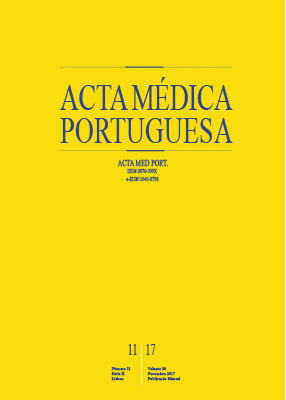Reconsidering the ‘Decline’ of Dental Student Empathy within the Course in Latin America
DOI:
https://doi.org/10.20344/amp.8681Keywords:
Empathy, Latin America, Students, Dental/psychologyAbstract
Introduction: The controversy over the presence of empathic decline within the course in students of medicine, dentistry and health sciences in general, has not fully been studied. This controversy could be partially solved if massive studies of empathy levels are made in similar cultural, social and economic contexts.
Material and Methods: Empathy levels within the course were studied in eighteen dental schools from six countries in Latin America (2013). The mean of the empathy levels were used to study the behavior between first and fifth academic years. The values of empathy levels within the course were observed by applying the Jefferson Scale of Physician Empathy, the Spanish version. All these studies were cross-sectional. The value of means observed, were subjected to regression studies and further adjustment curves were obtained and the coefficient of determination were calculated.
Results: Six different models of behavior were observed, which found that five of them suffer empathic decline within the course, but with different final results: in some the decline persists until the fifth academic year and in others, this decline ‘recovers’ persistently until the fifth academic year. The sixth model is characterized by a constant and persistent increase of levels of empathy within the course until the last academic year.
Discussion: There are six different models for the behavior of means of levels of empathy within the course evaluated by a common methodology in eighteen dental schools from six countries of Latin America. These findings support the existence of variability of empathic response and a comprehensive approach is needed to find the causes that give rise to this variability.
Conclusion: In dental students of Latin America, there is variability in the behavior of the distribution in means between the academic years of the dentistry schools examined in this study.
Downloads
Downloads
Published
How to Cite
Issue
Section
License
All the articles published in the AMP are open access and comply with the requirements of funding agencies or academic institutions. The AMP is governed by the terms of the Creative Commons ‘Attribution – Non-Commercial Use - (CC-BY-NC)’ license, regarding the use by third parties.
It is the author’s responsibility to obtain approval for the reproduction of figures, tables, etc. from other publications.
Upon acceptance of an article for publication, the authors will be asked to complete the ICMJE “Copyright Liability and Copyright Sharing Statement “(http://www.actamedicaportuguesa.com/info/AMP-NormasPublicacao.pdf) and the “Declaration of Potential Conflicts of Interest” (http:// www.icmje.org/conflicts-of-interest). An e-mail will be sent to the corresponding author to acknowledge receipt of the manuscript.
After publication, the authors are authorised to make their articles available in repositories of their institutions of origin, as long as they always mention where they were published and according to the Creative Commons license.









